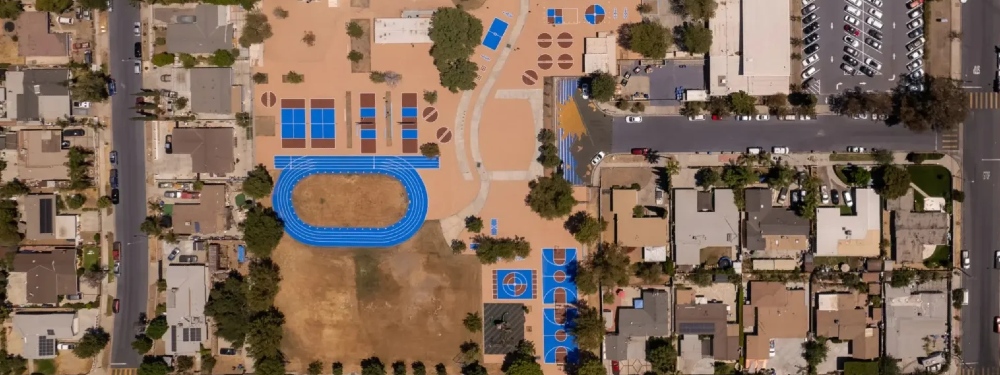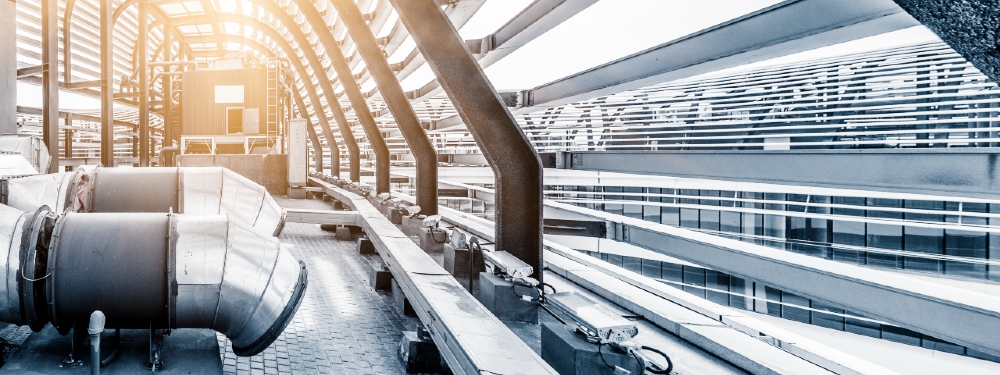Sustainable cold chains: The missing link for sustainable development
Expanding global cold chains is vital if we’re to meet several of the Sustainable Development Goals relating to poverty reduction, food security, health and wellbeing, and climate action. That said, conventional cold chain technologies are energy intensive and harm our climate. So how can we improve and expand the global cold chain without exacerbating the climate crisis? Sustainable cold chains are the missing link.
Cold chains, which are the refrigerated portions of the supply chain, have always been an important aspect of modern life. For food, they help keep produce fresh, nutritious, and safe as it is moved from farm to fork, enhancing food security, reducing food waste, and boosting income for farmers. From a medical perspective, cold chains are crucial for the successful roll-out of immunization programs (such as for Covid-19), as well as the distribution of other life-saving medicines. Without a robust and unbroken cold chain, we can’t ensure the distribution of viable vaccines to the millions or billions of people who need them.
The importance of the cold chain
Every year, around 13% of the world’s food is lost due to a lack of effective refrigeration. This equates to 475 million tons of spoiled produce, which would be enough to feed around 950 million people. In a world where 811 million people are hungry and 2 billion people suffer from food insecurity, improving and expanding the cold chain would have a significant impact on global poverty reduction and other related development goals.
This level of food waste results in the emission of an estimated 4.4 gigatons of CO2 equivalent each year (~8% total global greenhouse gas (GHG) emissions), of which, 1 gigaton of CO2 equivalent is thought to come from the absence or inefficiency of cold chains[1]Status of the Global Cold Chain: Summary briefing - Cool Coalition. In developing countries, where 90% of food waste happens along the supply chain, it’s estimated that some 470 million smallholders, farmers, and downstream value chain actors experience at least a 15% reduction to their income due to these losses[2]Net-zero cold chains for food - Carbon Trust and Clean Cooling Collaborative.
According to Sustainable Energy for All (SEforALL), around 2.7 billion people lack dependable access to vaccines as a result of insufficient cold chain infrastructure. It’s been estimated that more than 25% of some vaccines are wasted globally each year due to failings along the cold chain (e.g., temperature control and logistics). While this is problematic at any time, it’s particularly inadequate at a time when we need to ensure the equitable distribution of over 10 billion doses of Covid-19 vaccines to every corner of the world. Due to the nature of many of the Covid-19 vaccines, which require almost constant refrigeration, it’s likely that more than 85 of the world’s poorer countries will not have widespread access to Covid-19 vaccines before 2023. Not only does this delay directly threaten the health and wellbeing of a large portion of Earth’s population, it also makes it very difficult for global herd immunity to be reached, essentially putting everyone at risk.
The climate cost of cold chains
While we clearly need to take action to address these issues, it’s not quite as ‘simple’ as just expanding cold chains as they are. Conventional cold chain technologies typically use a huge amount of energy that generally comes from fossil-fuel sources; refrigerants that are often thousands of times more polluting than CO2; and transportation that runs off petrol and diesel, all of which is harming our climate. While not much data is available, it’s estimated that today’s global food cold chain infrastructure alone is responsible for around 1% of global CO2 emissions[3]James, S. J. & James, C. The food cold-chain and climate change. Food Res. Int. 43, 1944–1956 (2010).. And as global temperatures rise, it is likely that emissions from cold chains will also increase due to a greater need for cooling.
If we’re to expand cold chain coverage to ensure universal access without exacerbating the climate crisis, we must do so using a whole-systems approach with technologies that are energy efficient and climate-friendly, and use low-carbon transportation. We know that this is achievable, and we must accelerate action to support the transition to sustainable cold chain technologies.
Improving and expanding sustainable cold chains
Cold chains, be they for food or for vaccines, are very complex systems, with lots of different stakeholders and lots of moving parts. To be effective, they require coordinated effort across the whole system. In order to transform the cold chain sector, we need ambitious commitments and timely action from all stakeholders, whether they work in policy, finance, business, or elsewhere. This reform is imperative if we are to successfully address all of the urgent societal and climate issues that communities are facing around the world.
There are a number of actions that can and should be taken by government and other stakeholders to expand the sustainability and coverage of cold chains:
- Conducting a cooling needs assessment. In order to identify gaps, shortfalls, and opportunities within a cold chain, we must establish what currently exists and what will be needed in the future. Through tools like SEforALL and Heriot-Watt University’s Cooling for All Needs Assessment, stakeholders can establish a country’s baseline for access to cooling; measure the full scope of cooling demand; and then understand what policy, technology, and finance options are available.
- Developing a National Cooling Action Plan. National Cooling Action Plans (NCAPs), which reach far beyond the cold chain, are an important tool that can be used to align the diverse interests of cooling stakeholders. They can help governments identify different pathways to sustainable cooling for all, including access to cold chains. The Cool Coalition’s National Cooling Action Plan Methodology offers a “holistic but modular methodology” for developing an NCAP.
- Ratifying the Kigali Amendment. By ratifying and implementing the Kigali Amendment to the Montreal Protocol, nations are taking action to prevent the use of hydrofluorocarbons (HFCs), which are thousands of times more harmful to our climate than CO2 and typically used throughout the cold chain. In phasing out HFCs and replacing them with climate-friendly refrigerants, we can reduce cold chains’ direct GHG emissions.
- Implementing and enforcing ambitious efficiency standards. In order to cut global GHG emissions, ensure energy access/security, and support the transition to clean energy, we need to drastically improve the energy efficiency of cooling technologies. Through minimum efficiency performance standards (MEPS) we can demand better products from producers and ensure that our cold chains have minimal impact on our climate. Improved efficiency also reduces the lifetime cost of operation through lower energy bills, which also improves accessibility.
- Investing in infrastructure. Cold chains typically rely on complex infrastructure networks beyond just refrigerated components. Effective sustainable cold chains require reliable, low-carbon transport networks (road, rail, air, and sea) and reliable, clean energy supplies. All aspects must be improved and maintained.
- Investing in research and development. While many solutions already exist, we need to invest in research and development (R&D) to speed up the transition. Not only is R&D necessary to drive further technological breakthroughs, it’s also needed to make solutions more affordable and accessible.
- Mobilizing finance. Whether it comes from philanthropy, governments, or financial institutions, we need investment to support the expansion of sustainable cold chains. This could include investing in businesses that offer cooling services to consumers, such as farmers, on a ‘pay-per-use’ basis, offering loans to support the procurement of efficient, climate-friendly equipment, or funding a demonstration project.
Other elements could include introducing sustainable procurement practices to influence purchasing behaviour; offering training and capacity building to ensure the local workforce can take ownership of the process; and investing in better monitoring, maintenance, and optimization to ensure equipment performance.
To put it simply, we need global coverage of efficient, climate-friendly cold chains in order to meet numerous development and climate goals. From farm to fork, and laboratory to ‘last mile’, we need unbroken cold chains that are made up of energy-efficient, climate-friendly, and low-carbon technologies. We need all stakeholders – governments, financial institutions, private sector organizations, and NGOs – to make ambitious commitments and take the necessary action to support this transition.


